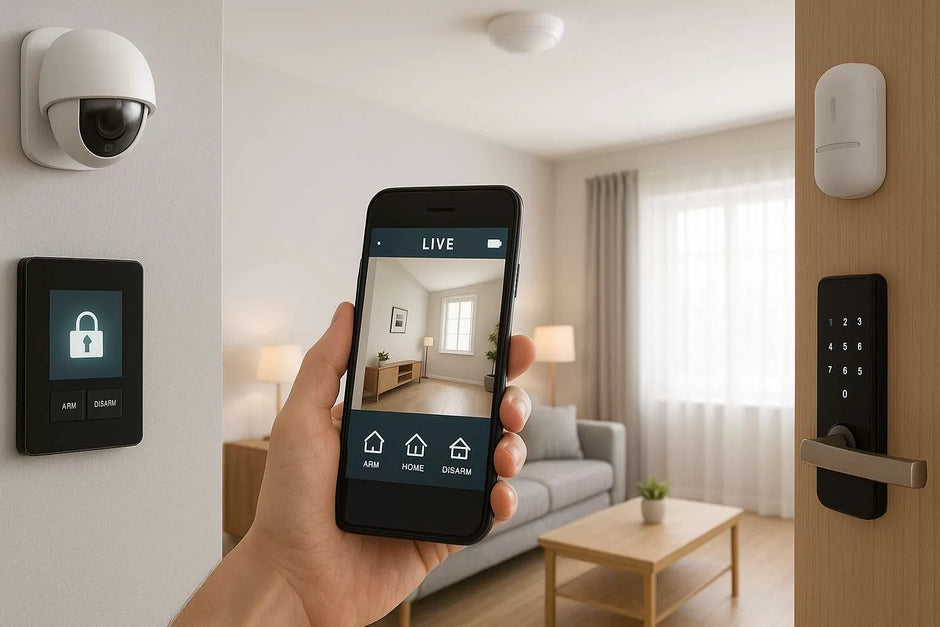When it comes to protecting our homes, there’s no shortage of advice out there—but not all of it is accurate. In fact, some of the most commonly shared "tips" and beliefs about home security are either outdated or completely false. Relying on myths can leave your home vulnerable and give you a false sense of safety. Let’s set the record straight by busting some of the most common home security myths.
Myth #1: “I live in a safe neighborhood, so I don’t need security.”
Reality: No neighborhood is immune to crime. While some areas may have lower crime rates, burglars often target quieter, more affluent areas because they assume people let their guard down. Security systems are just as important in “safe” neighborhoods as they are anywhere else.
Myth #2: “Most break-ins happen at night.”
Reality: Surprisingly, most residential burglaries happen during the day—typically between 10 a.m. and 3 p.m.—when people are at work or school. Thieves prefer daytime for one simple reason: they’re less likely to encounter someone at home.
Myth #3: “My dog is enough to keep intruders away.”
Reality: While a barking dog can be a deterrent, it shouldn’t be your only line of defense. Some burglars are undeterred by pets, especially smaller or easily distracted ones. A layered approach, including alarms and cameras, is far more effective.
Myth #4: “Home security systems are too expensive.”
Reality: Today’s home security options are more affordable and accessible than ever before. From basic DIY kits to smart systems with professional monitoring, there are solutions to fit almost any budget. And the peace of mind is priceless.
Myth #5: “Fake security signs or cameras are enough to scare off criminals.”
Reality: Experienced burglars can easily spot fake cameras or generic signs. In some cases, these decoys might even signal to a thief that you don’t have real protection. It’s better to invest in at least a basic functional system than rely on a bluff.
Myth #6: “I only need to lock my doors and windows.”
Reality: While locking entry points is essential, it’s not foolproof. Many burglars gain access through second-story windows, garages, or by simply kicking in doors. Reinforced doors, smart locks, cameras, and motion sensors all add valuable layers of security.
Myth #7: “Security systems are complicated and hard to use.”
Reality: Modern security systems are designed with user-friendliness in mind. Many are app-controlled and offer easy-to-understand dashboards, instant alerts, and 24/7 support. Setup is often plug-and-play, especially for wireless systems.
Myth #8: “If someone really wants to break in, they will—so why bother?”
Reality: While no system is 100% foolproof, most burglars are opportunistic. A home with a visible security system is far less likely to be targeted. Anything you can do to make your home a harder target significantly reduces your risk.
Conclusion: Knowledge is Your First Line of Defense
Home security isn’t about living in fear—it’s about being informed and prepared. By separating fact from fiction, you can make smarter choices to protect your home and loved ones. Don’t let myths lull you into a false sense of security. Invest in what works, stay alert, and keep your home safe the smart way.








